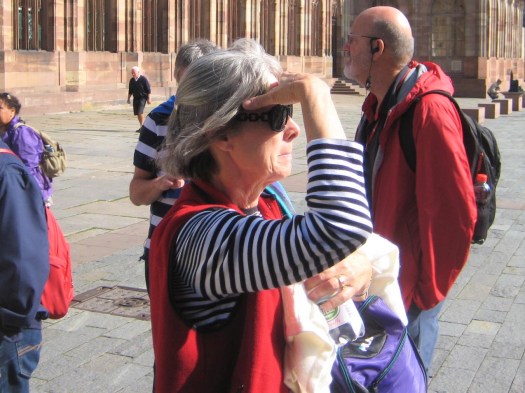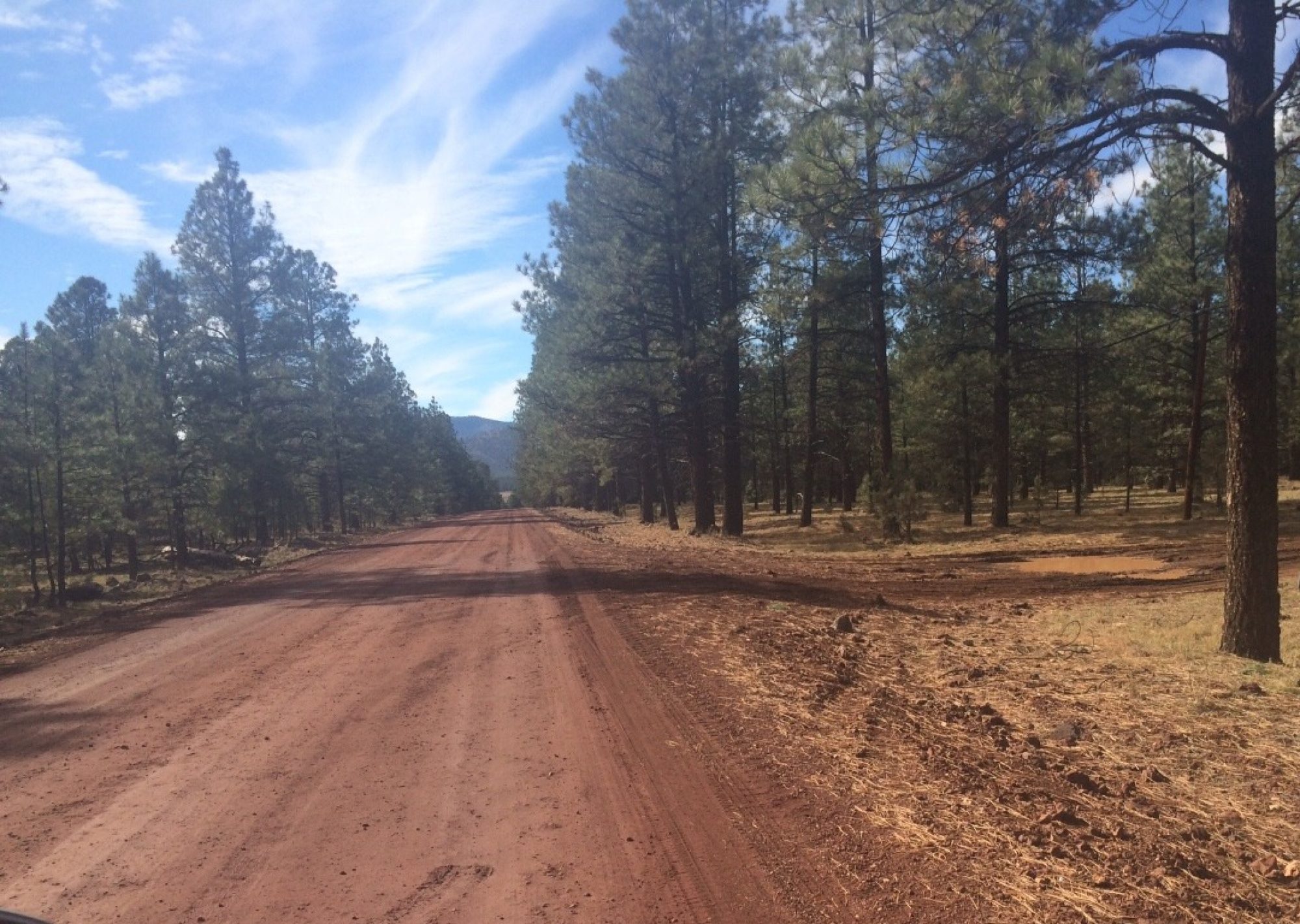[Remember to click or mouse over the photos for more information.]
Forty miles (64 km) north-northeast of Colmar is Strasbourg (sometimes spelled Strassburg), France. A Roman camp in 12 B.C., its original name was Argentoratum, referring to precious minerals mined or stored in the area. Later its name was changed to Strasbourg, a word of Germanic origin roughly meaning “town at crossroads.” Now it is a city of almost 300,000 in a metropolitan area of almost 800,000, and the official seat of the European Parliament.
Strasbourg’s history is a back-and-fourth tug-of-war between nations. For roughly 900 years it was ruled by the bishops of Strasbourg. A rebellion resulted in it becoming a “imperial free city” in 1262 (meaning its leaders answered only to the Emperor of the Holy Roman Empire). France began ruling Strasbourg in 1861, but Germany took control ten years later after the Franco-Prussian War. It reverted to France at the end of WWI; Germany occupied it again during WWII, after which France took control again. As a result of all this border movement, Strasbourg has equal parts German and French heritage. Hence “Strasbourg” and “Strassburg.”
Your intrepid travelers left the safety of the ship.* We boarded our bus and headed to the area of town housing government buildings and the Cathedral. In route, we drove through the German Imperial District and the European Quarter, home of many institutions of the European Union and the Council of Europe.

We got out, “mated” our headsets with the guide’s wireless microphone, and started walking at a canal. The street was packed with others like us, all taking pictures and pointing. And in addition, there was a regional fair beginning that day in Strasbourg, so the sidewalks were full.

Our guide pointed out a large, severe-looking building that was built and used as a prison but is now used to educate government leaders (politicians). She gleefully repeated the information several times, though she didn’t explain exactly what kind of training was provided there.
Strasbourg’s mostly cobblestone streets are beautifully maintained.
We walked though La Petite France (the little France area), which contains a number of small, rent-assisted homes that were originally built for soldiers returning from war. We walked through the old Tanners’ District (which was next door to the old butcher’s district). There we saw a “swing bridge;” instead of opening “up” it swings to one side like a gate to allow a boat to pass.
A number of important residents of Strasbourg over time include Goethe (as a student), John Calvin, and Johann Gutenberg. Just before you get to the Cathedral there is a large statue of Gutenberg.

On the page Gutenberg is holding are the words (in French) “and there was light.” The bas relief images on the plinth depict intellectual figures from history gathering around. More information about the statue and images can be found here.
In Cathedral Square is located … yes, the Cathedral Notre-Dame, restored and in use. Its 465-foot-tall spires make it the tallest medieval building in Europe. We took a lot of photos (one does at a cathedral); here are some of them. (Remember to click or mouse over the photos for more information.)
Inside the cathedral the views are stunning. Large panels of stained glass admit the sunlight, coloring the inside and dazzling the windows themselves. Our guide explained the images were used to communicate Biblical information to an illiterate populace. Sort of like a comic book or graphic novel for medieval times.
The stained glass dates from the 12th to the 14th centuries. The windows were saved from devastation in WWII because they were removed and hidden in a safe location.

- Man’s best friend on Earth…
Our guide also pointed out lesser details inside the cathedral. For example, one of the cathedral’s leaders had a dog that faithfully followed him everywhere. In remembrance, the workers added a dog’s figure on edge of one of the stairways that church leader used regularly.
Also inside the cathedral is an amazing astronomical clock is several stories tall. Our photos of the clock are below; more information can be found here.
We left the Cathedral, bidding adieu (French word) to our somewhat foul-mouthed but incredibly informative and nice guide. We found the rest of the Texas-based group and headed back toward the boat for lunch and a little rest.

After all, the next day beckons.
(*I may have used the word “boat” before. Our captain informs us that a boat carries eight people or less; anything greater than that is a ship.)
















